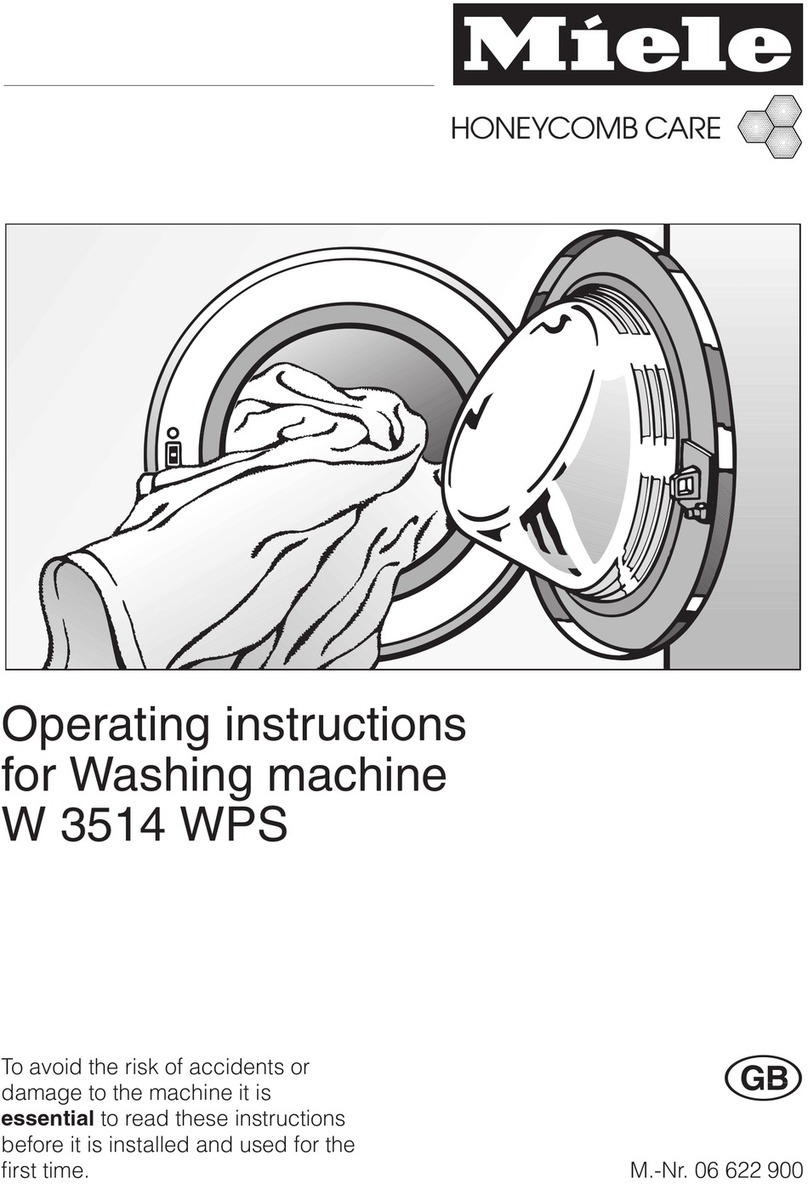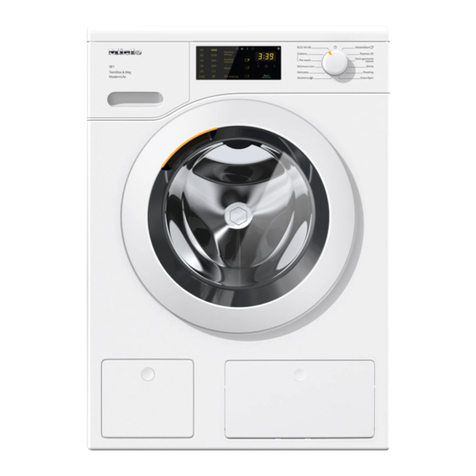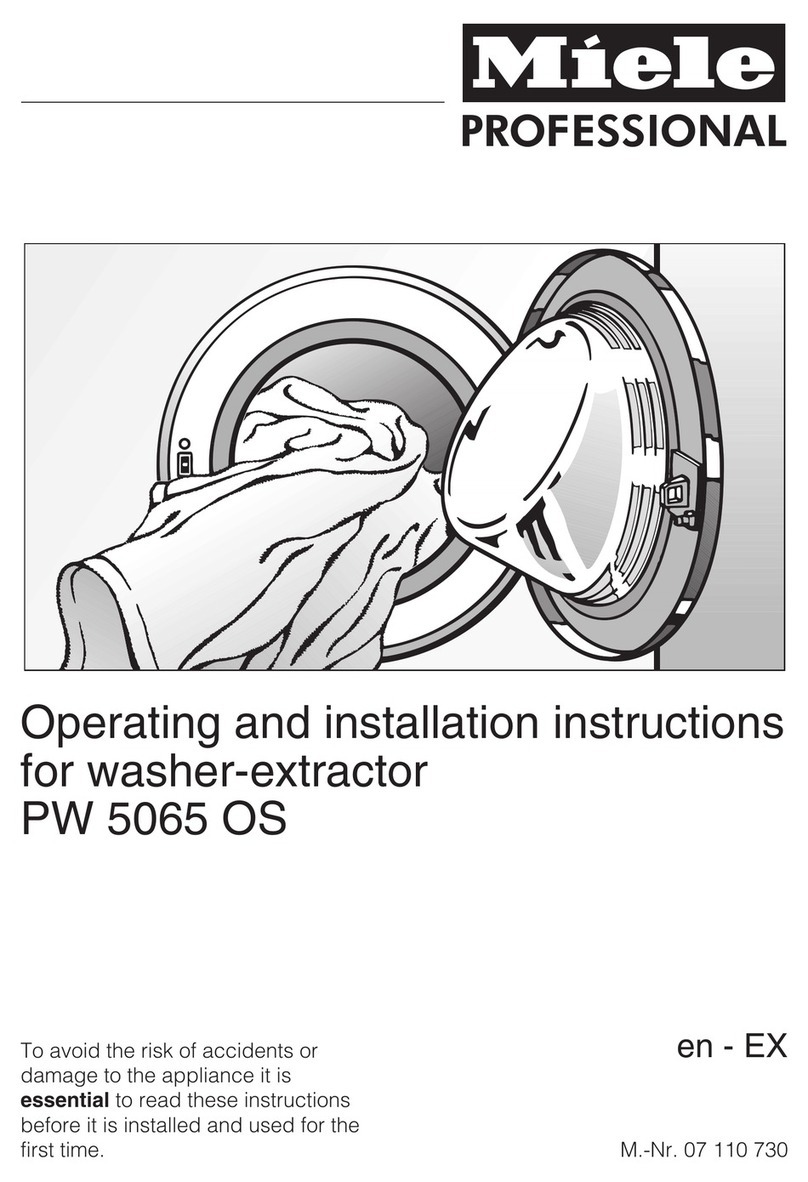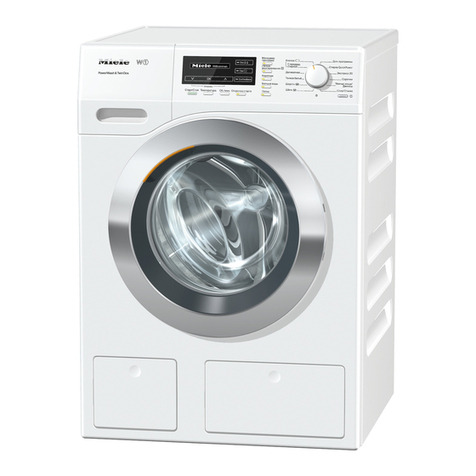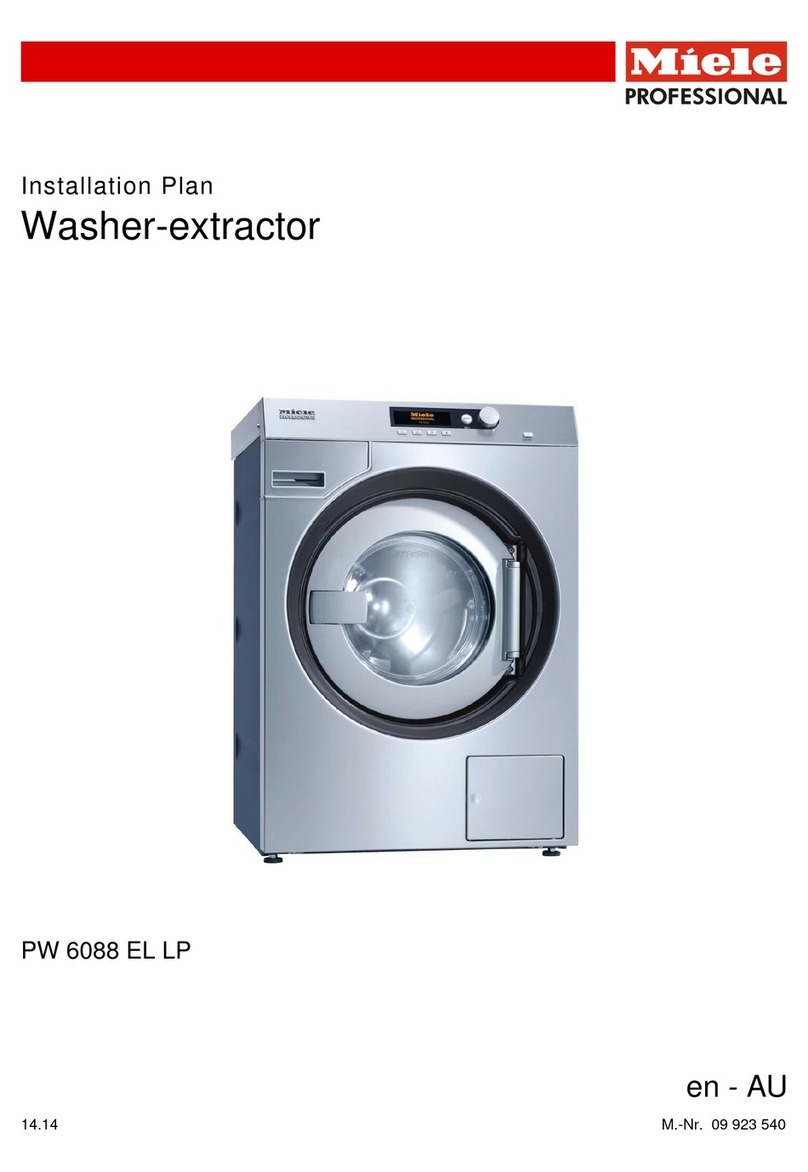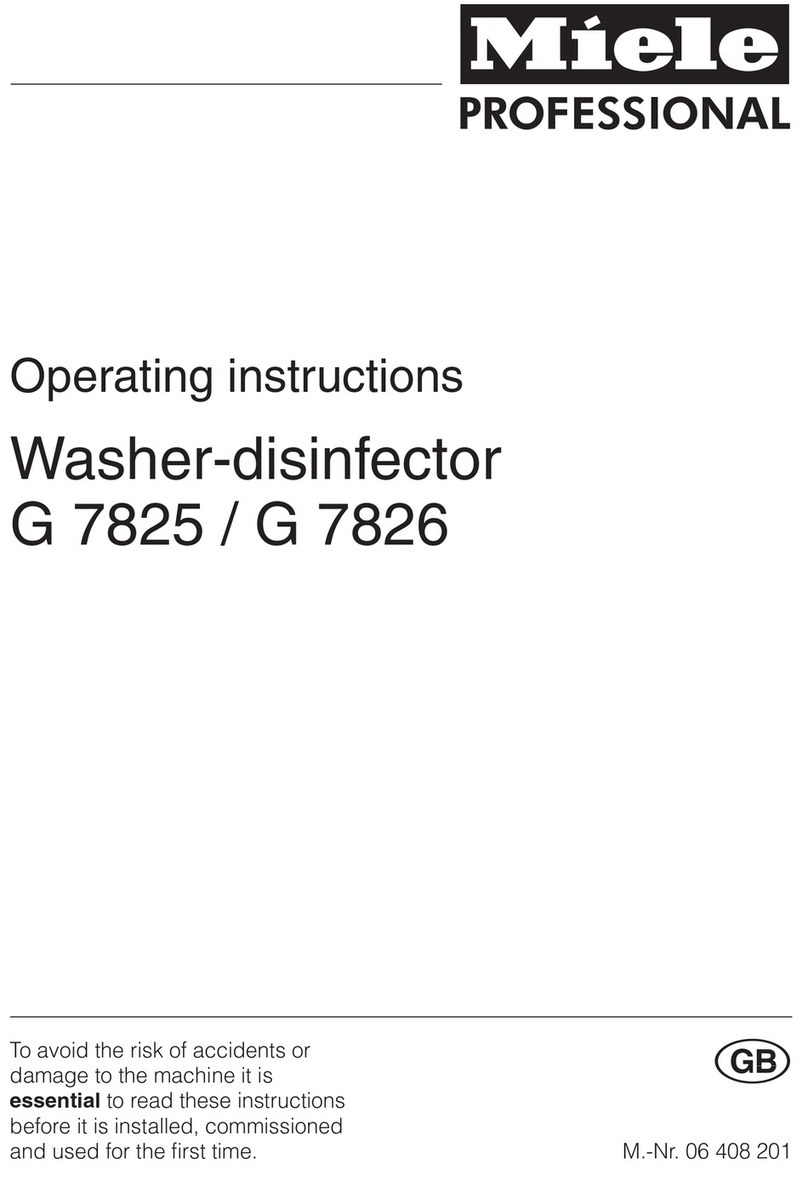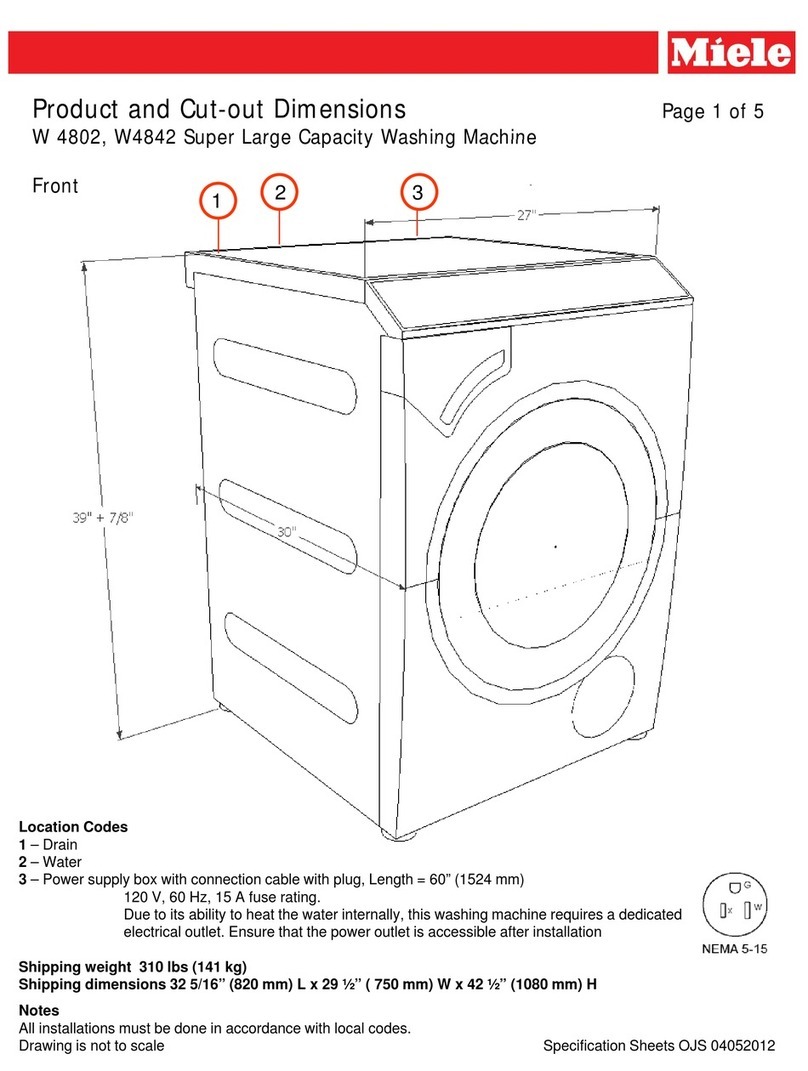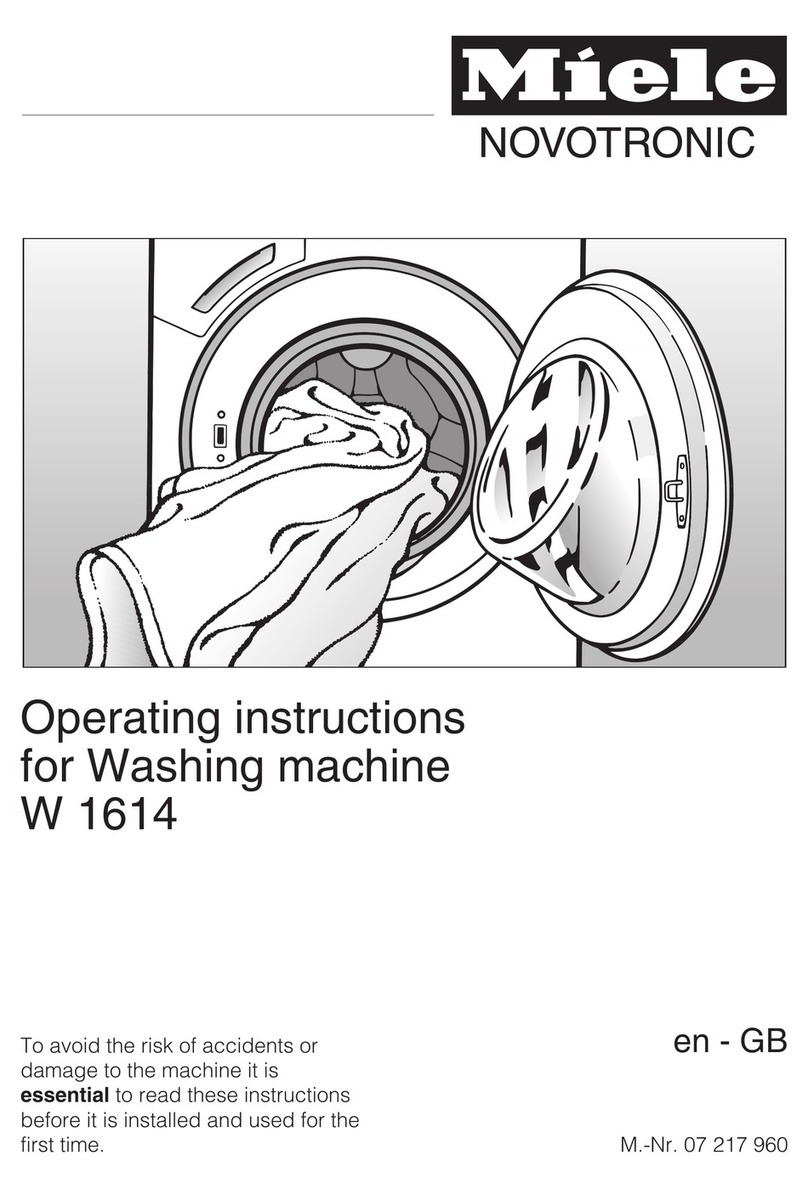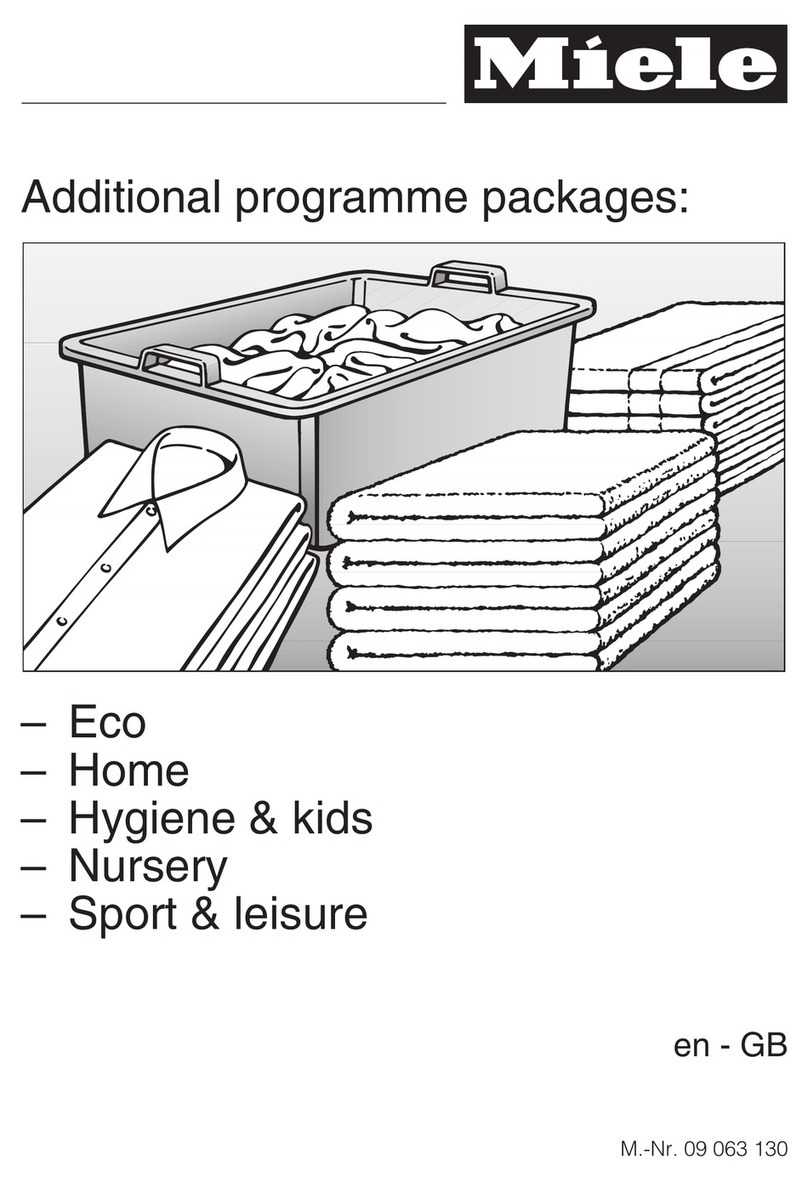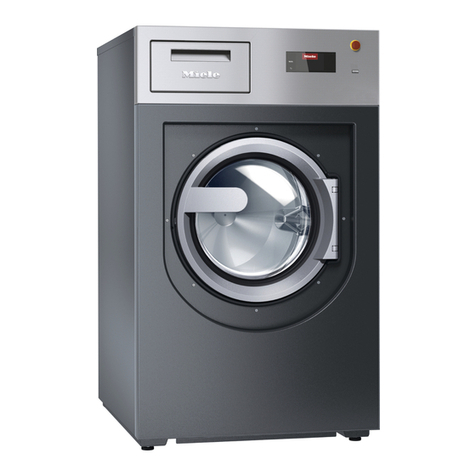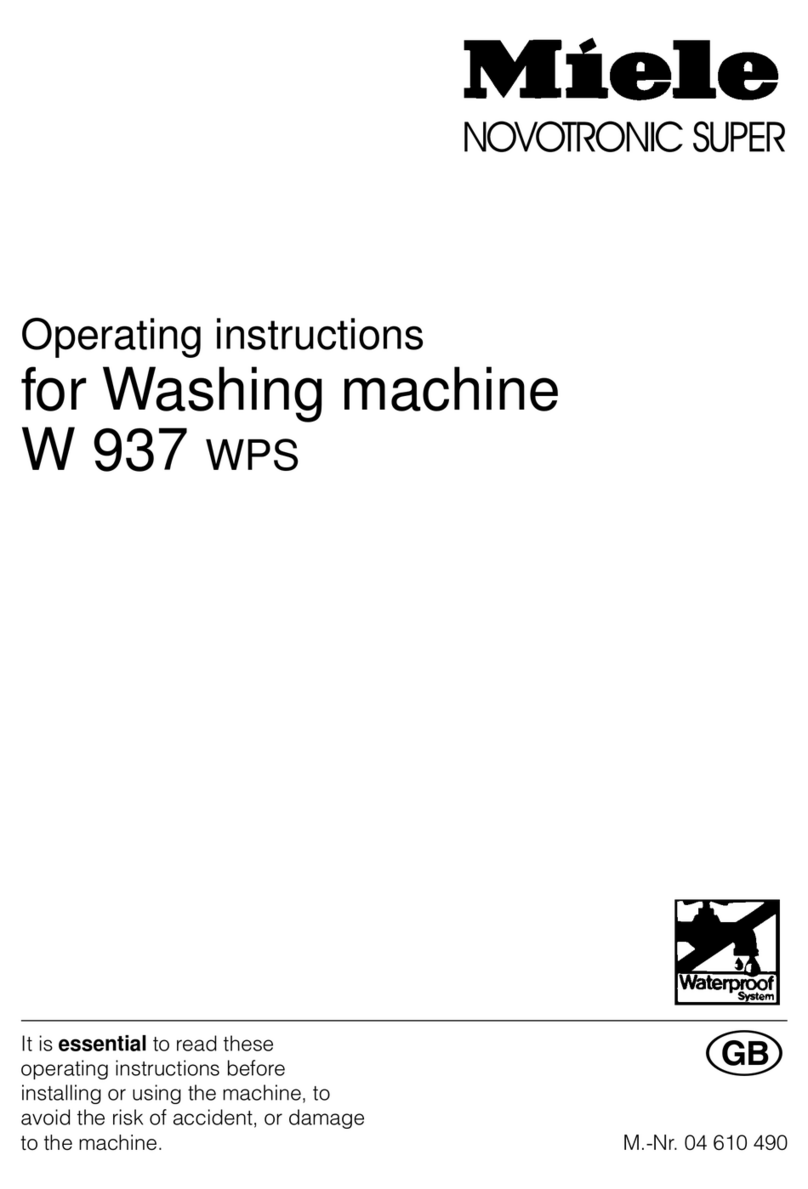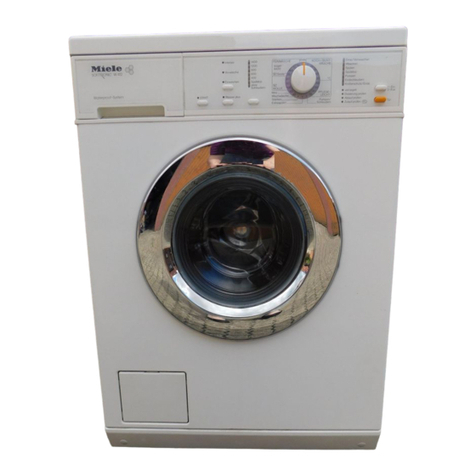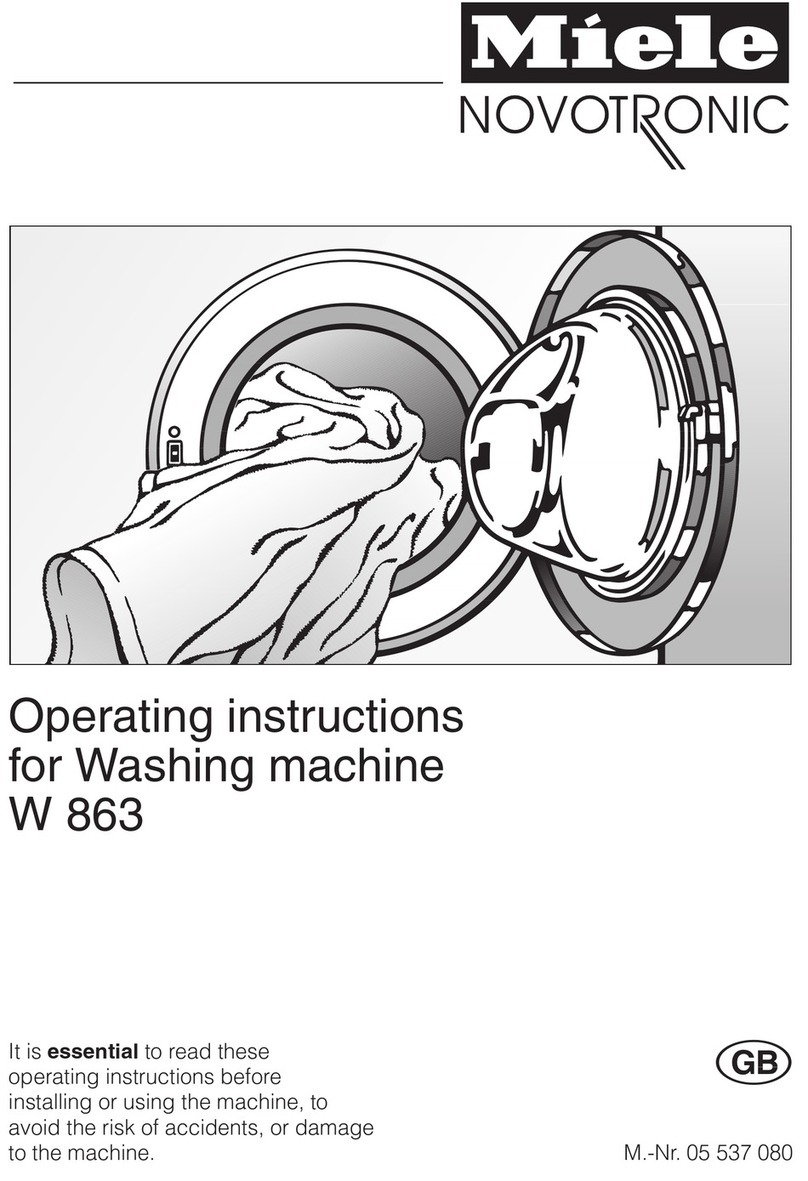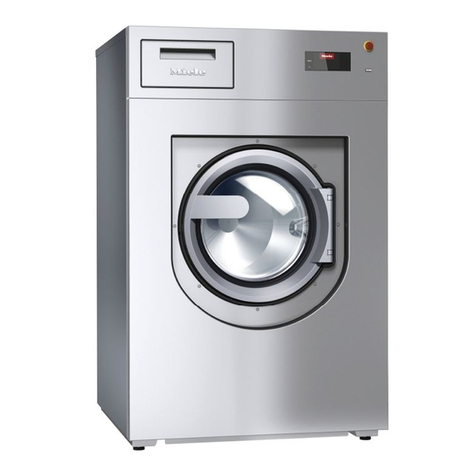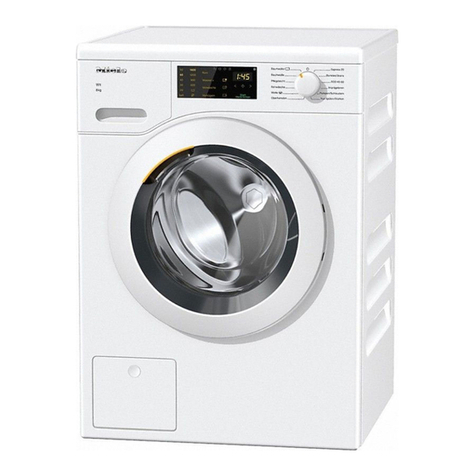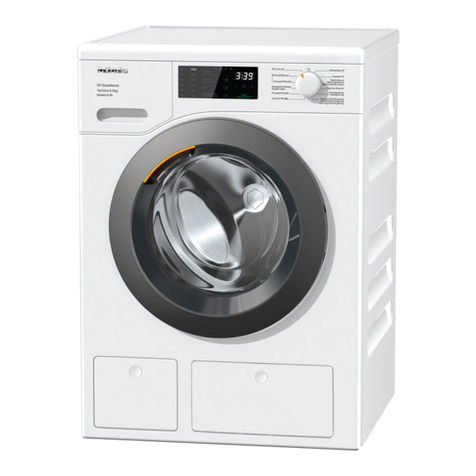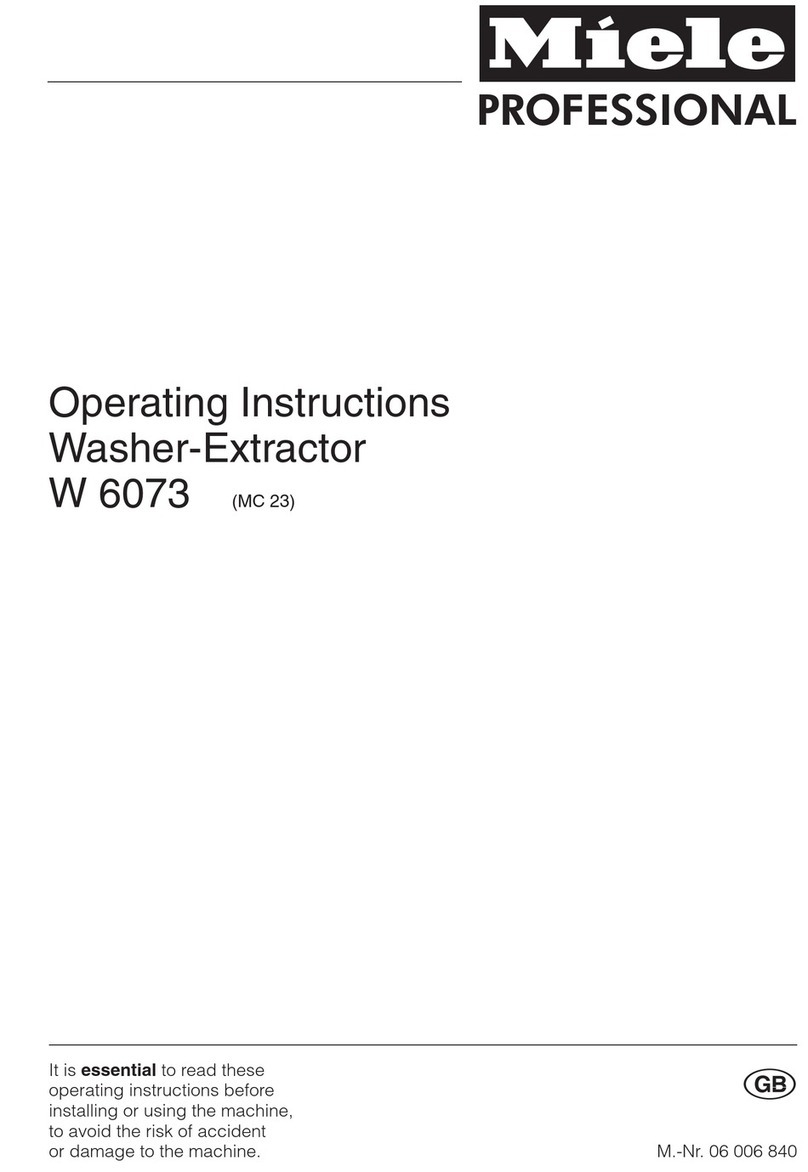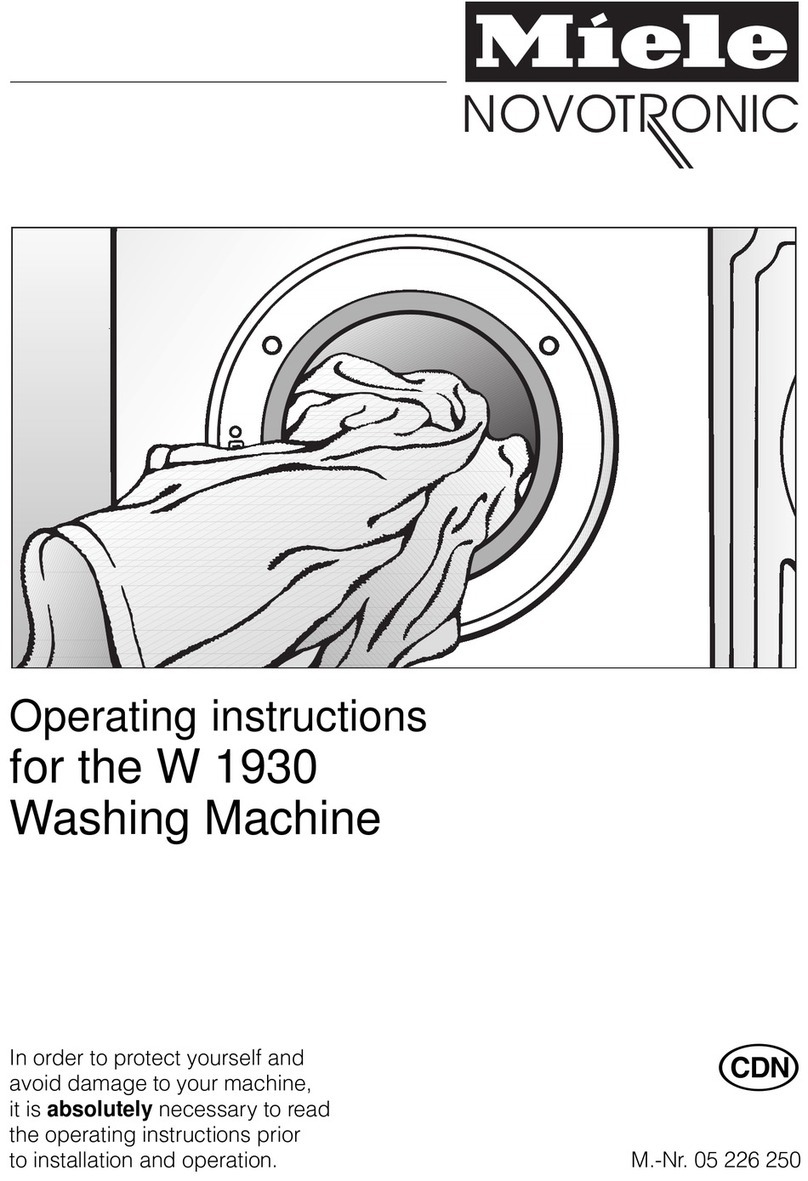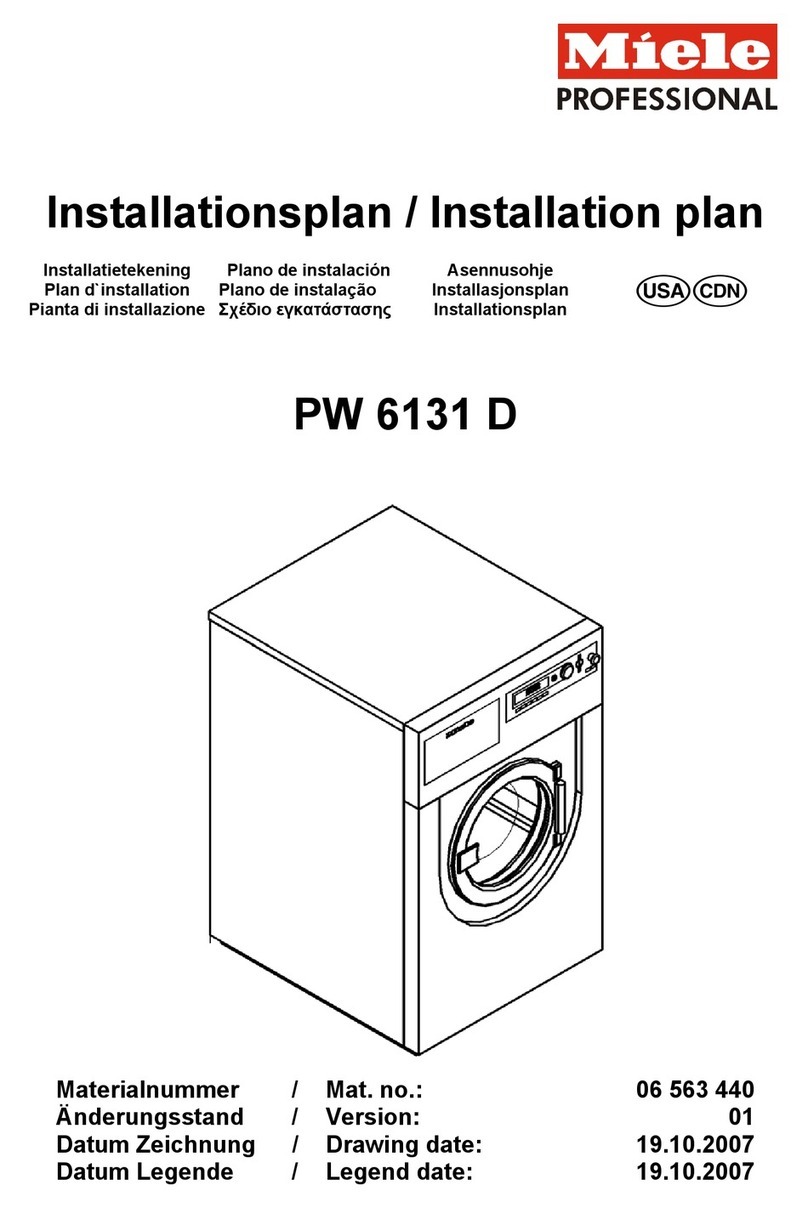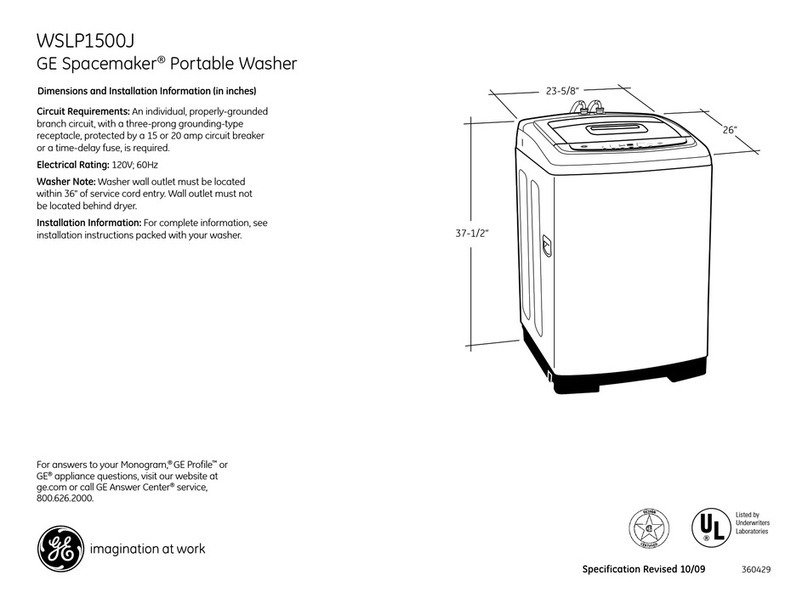
Contents
3
Problem solving guide ...................................................................................... 38
The programme does not start............................................................................ 38
Programme cancellations and fault messages ................................................... 39
symbol in the time display ............................................................................ 40
Fault indicator light at the end of a programme .................................................. 40
An unsatisfactory wash result ............................................................................. 41
General problems with the washing machine ..................................................... 42
The door will not open......................................................................................... 43
Opening the door in the event of a blocked drain outlet and/or power cut ........ 44
After sales service............................................................................................. 46
Contact in case of fault ....................................................................................... 46
Optional accessories........................................................................................... 46
Installation.......................................................................................................... 47
Front view ............................................................................................................ 47
Rear view............................................................................................................. 48
Installation locations............................................................................................ 49
Installation notes ................................................................................................. 49
Transporting the washing machine to its installation site.................................... 50
Installation surface .............................................................................................. 51
Removing the transit bars ................................................................................... 51
Fitting the transit bars ......................................................................................... 53
Aligning the washing machine............................................................................. 54
Fixing bracket for plinth ................................................................................. 55
Installing under a continuous worktop ........................................................... 57
Water connection ................................................................................................ 58
Cold water connection .................................................................................. 58
Drainage .............................................................................................................. 59
Drain pump..................................................................................................... 59
Electrical connection ........................................................................................... 60
Technical data.................................................................................................... 61
Programmable functions .................................................................................. 62
Choosing and selecting programmable functions .............................................. 62
Editing and saving the programmable function .................................................. 63
Exiting the programming level............................................................................. 63
End of programme tone................................................................................. 64
Keypad tone................................................................................................... 64
